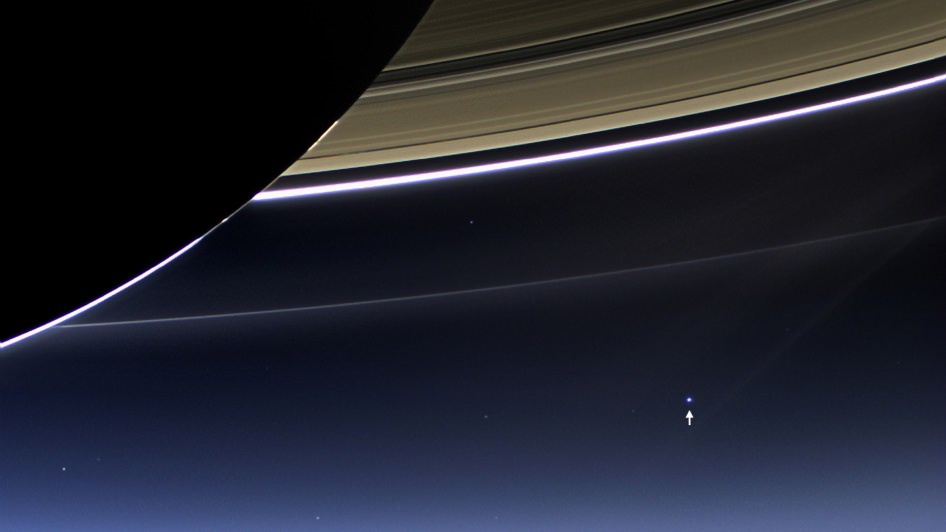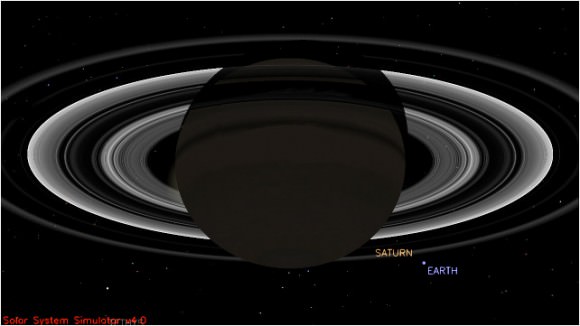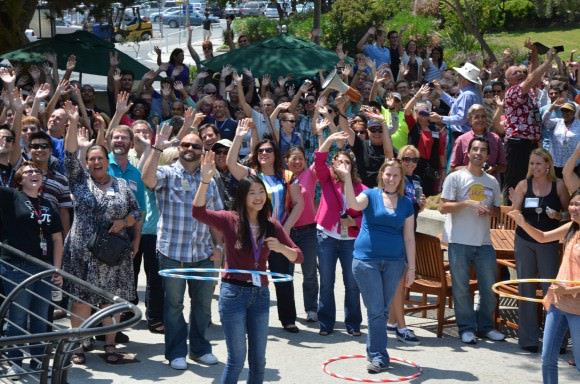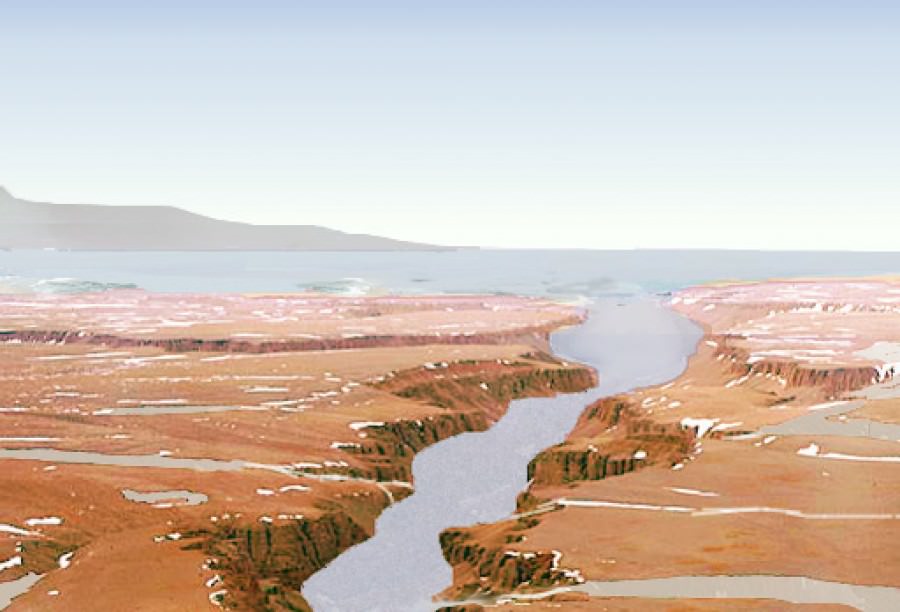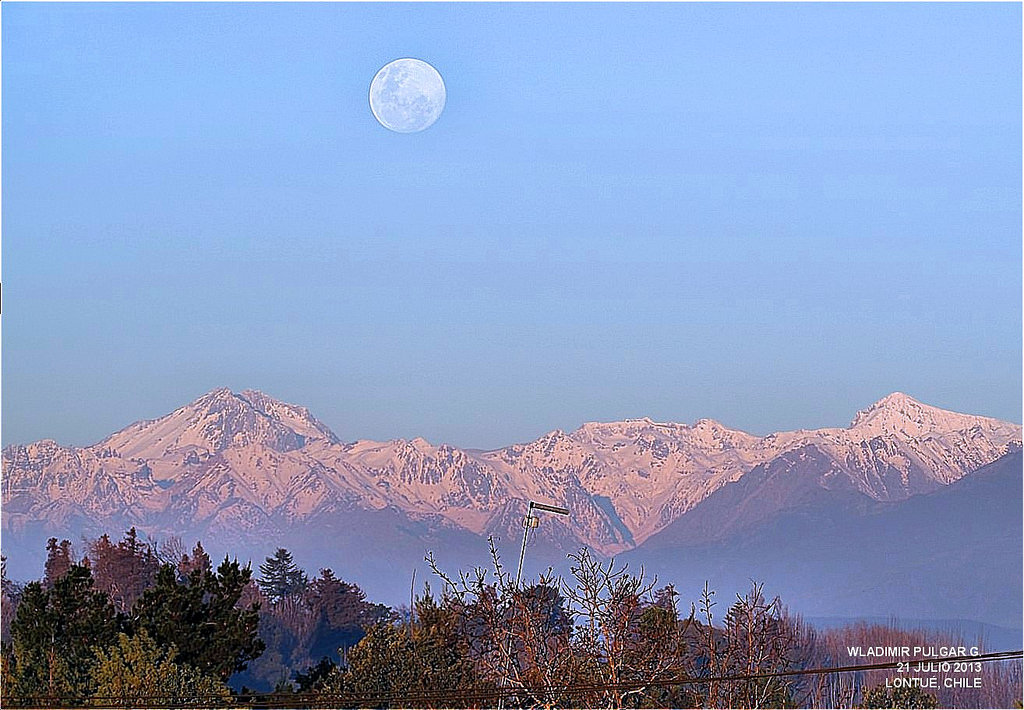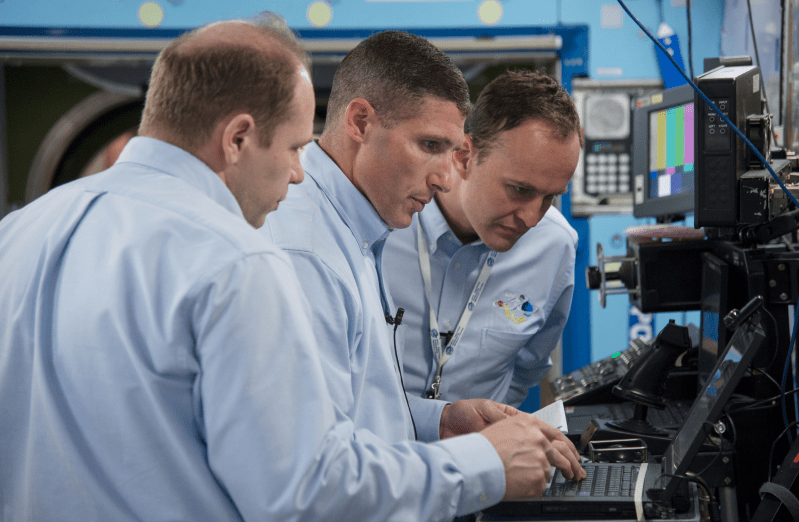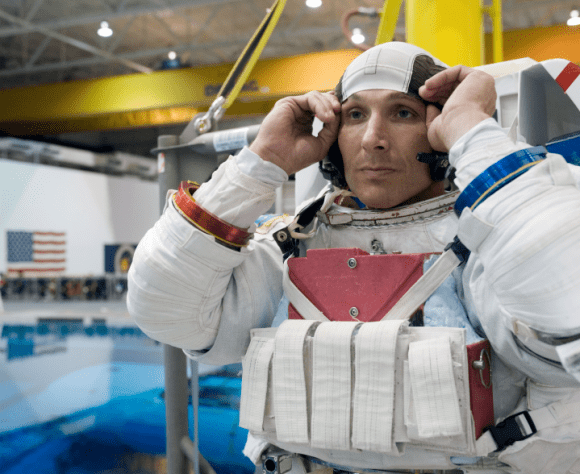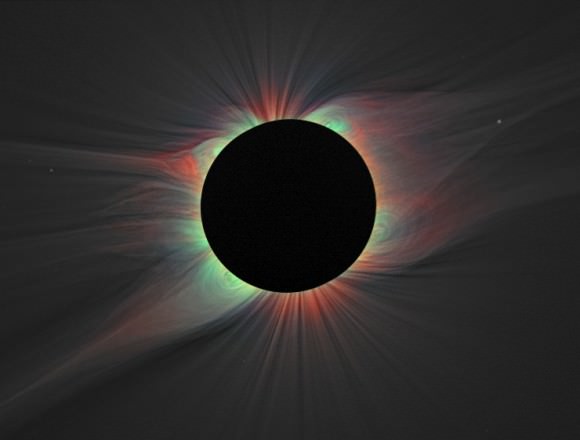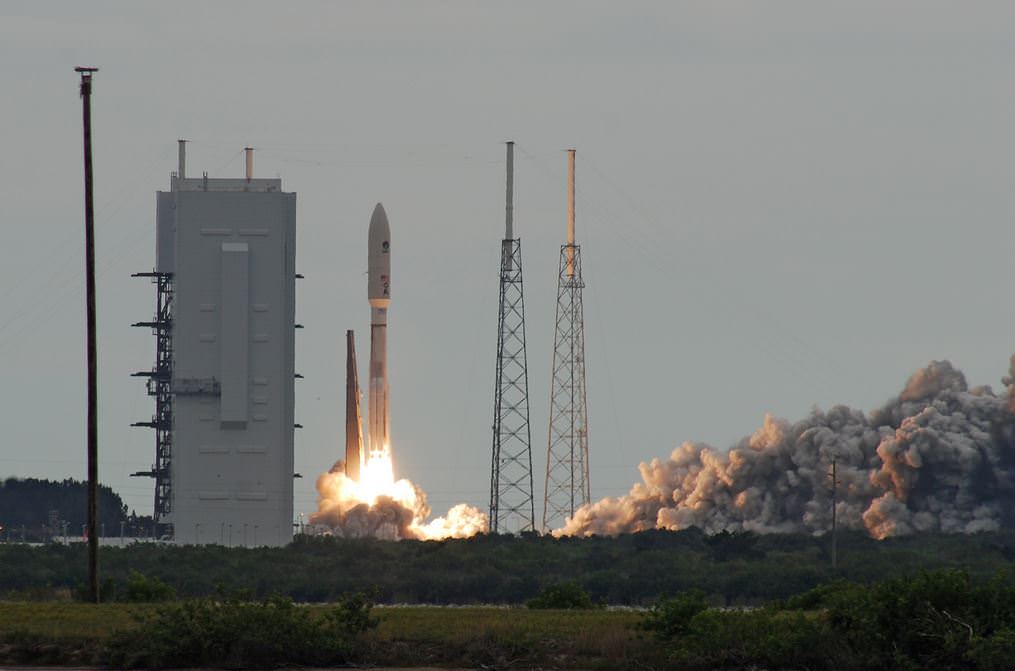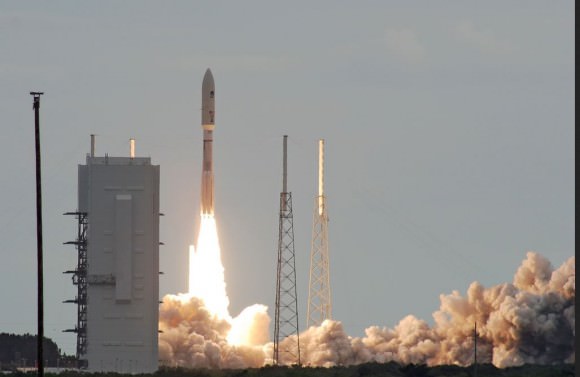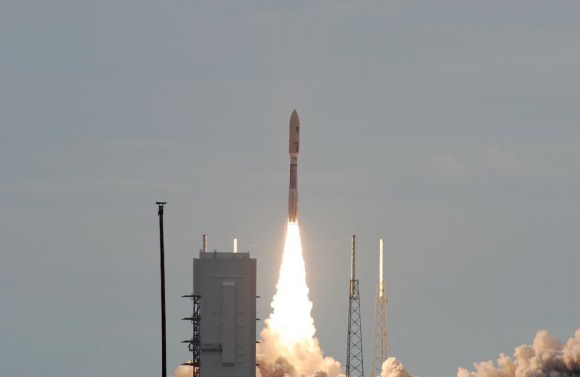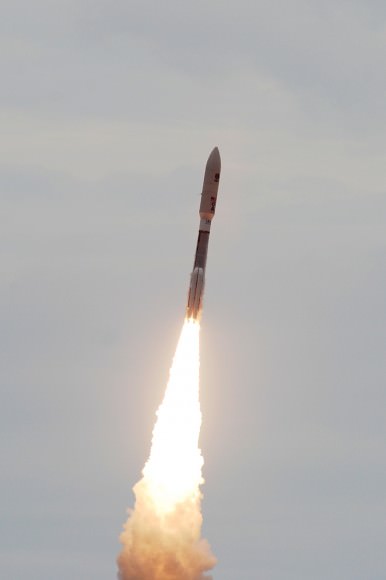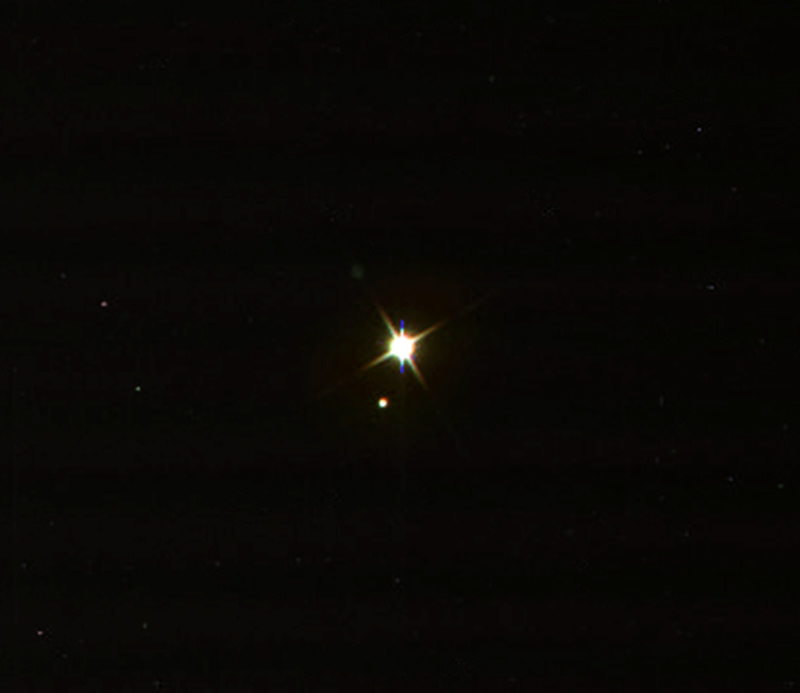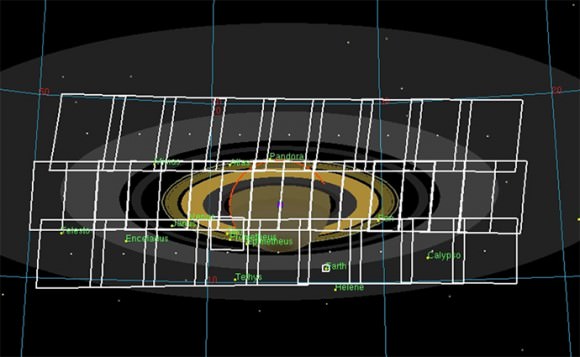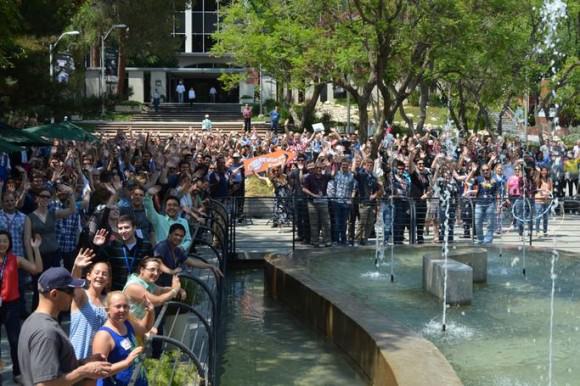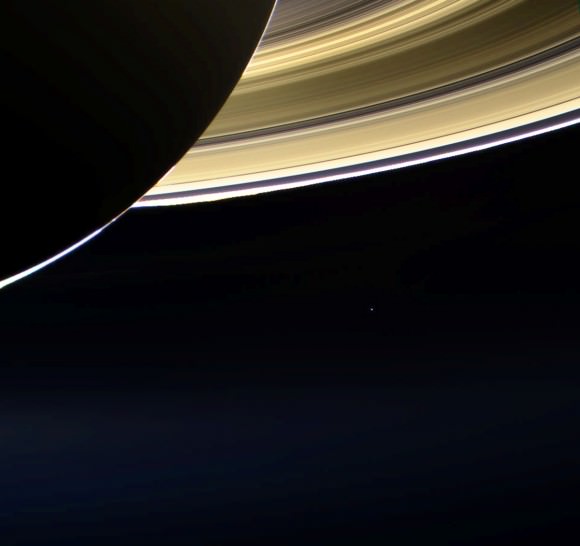In the wake of a spacesuit water leak that sent two astronauts back to the airlock early during a spacewalk last week, NASA has convened a board to look at “lessons learned” from the mishap.
The cause of the leak, which filled Luca Parmitano’s helmet with water, is still being investigated. Some media reports say it may have been a fault within the spacesuit’s cooling system. NASA stated it plans to “develop a set of lessons learned from the incident and suggest ways to prevent a similar problem in the future.”
Chairing the board will be Chris Hansen, the International Space Station’s chief engineer at NASA’s Johnson Space Center in Houston. The other four members, who are all from NASA, include:
- Mike Foreman, NASA astronaut, Johnson Space Center;
- Richard Fullerton, International Space Station safety and mission assurance lead, Office of Safety and Mission Assurance, NASA headquarters;
- Sudhakar Rajula, human factors specialist, Johnson Space Center;
- Joe Pellicciotti, chief engineer, NASA Engineering and Safety Center, Goddard Space Flight Center.
The July 16 spacewalk stopped early at 1 hour, 32 minutes, far shorter than the crew’s planned 6.5-hour outing. All of the tasks can be easily pushed off to another time, NASA has said. The astronauts were preparing data cables and power for a Russian laboratory module that should reach the station by early 2014, among other tasks.
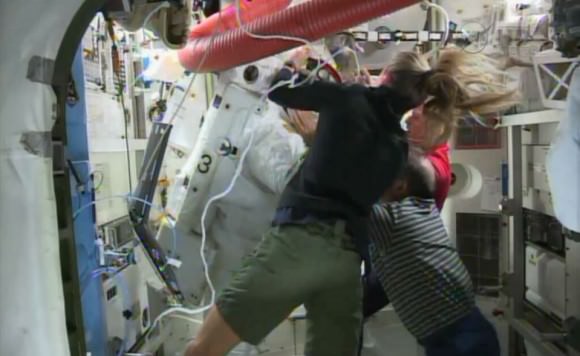
During and immediately after the spacewalk, NASA said the crew was in no immediate danger. A few days afterwards, Parmitano reassured officials at the European Space Agency. “Guys, I am doing fine and thanks for all the support. I am really okay and ready to move on,” he said, as reported in an ESA blog post.
Still, there was so much water inside the helmet that after a time, Parmitano had trouble hearing and communicating with his crewmates. “Squeeze my hand if you’re fine,” fellow EVA member Chris Cassidy said to Parmitano during the spacewalk.
NASA also noted there is an engineering analysis happening that is “focused on resolving equipment trouble in an effort to enable U.S. spacewalks to resume.” The board, by contrast, will be looking at aspects such as quality assurance, flight control, operations and maintenance with an eye to improving NASA human spaceflight activities in general.
NASA did not immediately release a date by which it expects the investigation to finish. Meanwhile, at least one news outlet reported that the agency is rushing some spacesuit repair tools on to a Russian Progress supply ship that will leave Kazakhstan for the International Space Station on Saturday.
Source: NASA


